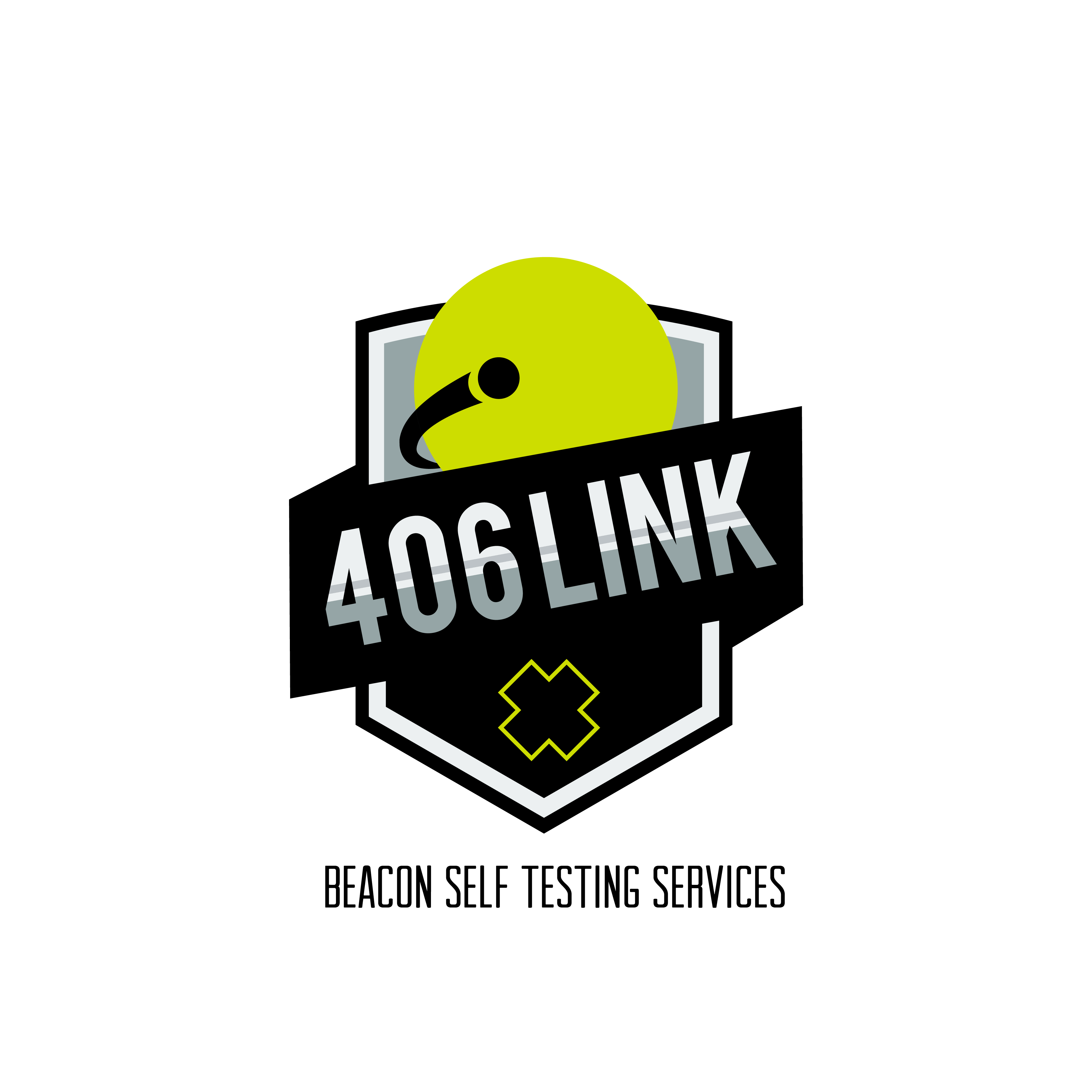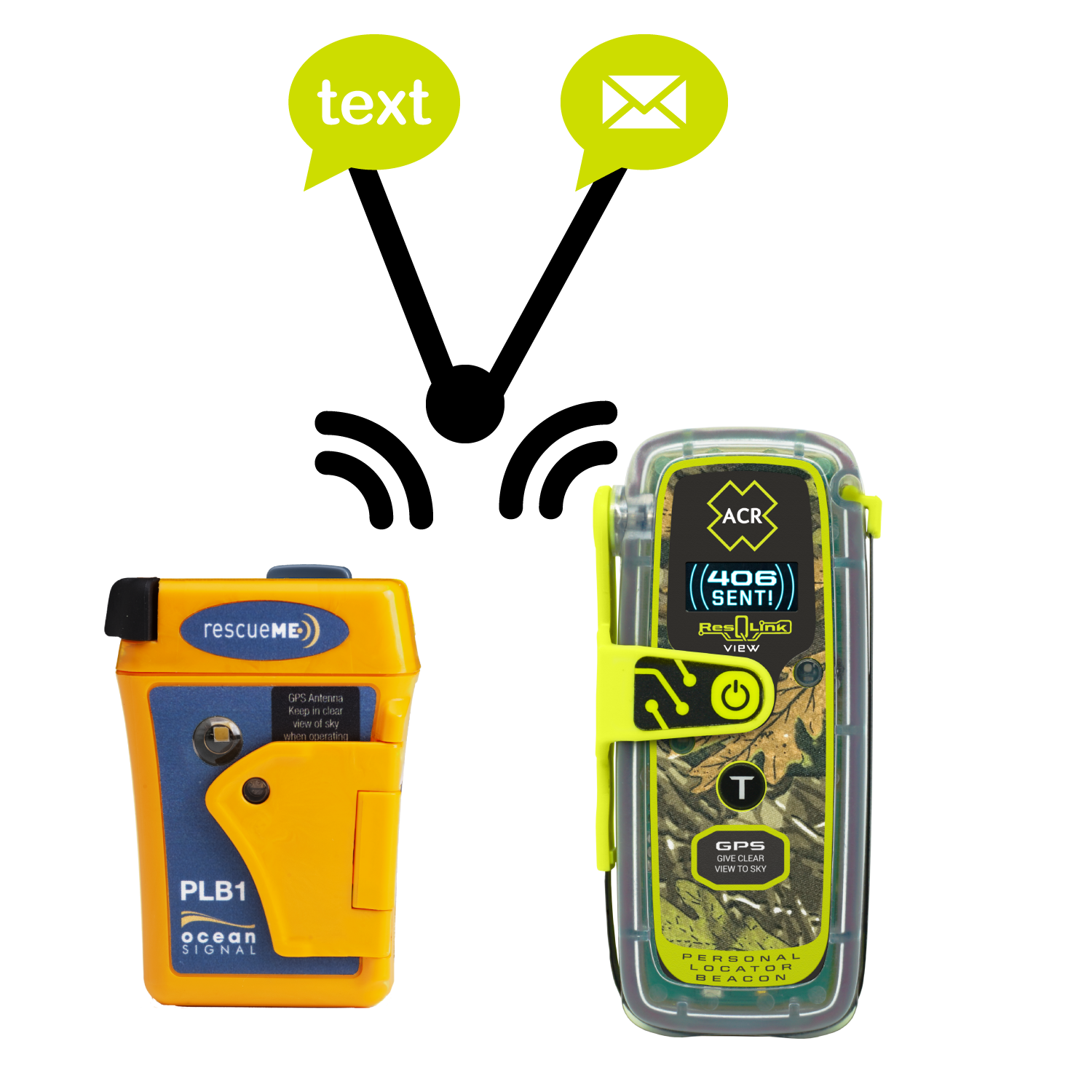What is 406Link?
Watch Video
I use to have a subscription on 406Link but I cannot log in?
To ensure data privacy, we are requiring all 406Link users, new or old, to sign-up again and create a new account to ensure all of their information is up-to-date. Buy a new subscription above. https://www.acrartex.com/signup
I bought a subscription, but I don’t know where to go now?
Watch Video
How to I activate my 406Link subscription?
Watch Video
Do I need a 406Link subscription for my EPIRB or Personal Locator Beacon to work?
No, 406Link is an OPTIONAL subscription that allows you to test your beacon through the satellites and receive confirmation messages sent to your phone and/or email along with a customized message. You do not need to have a subscription in order to get rescued.
Can I use 406Link as check-in or and an I’m Ok service?
406Link should not be used for or relied upon as check-in or I’m ok service, is should only be used to confirm your self-tests. A self-test sends a single 406 MHz test burst to the satellite, unlike an emergency activation which will repeatedly send the messages out, so if the government-operated satellites should miss your single test signal or you inadvertently blocked the signal, or you simply forget to test the beacon, you do not want your friends and family to panic if a message is not received.
I did my self-test, but I did not receive my messages, what did I do wrong?
Let’s go over a few possible reasons why you might not have received any messages from a self-test you performed.
- Did you perform the self-test indoors or in a location without a clear view of the sky? If Yes, go outside and try again.
- Did you have the beacon’s antenna fully deployed and point straight up to the sky? If No, go outside, deploy the antenna vertically towards the sky and try again.
- Did you put your cell phone number and email into your account settings for your beacon? If not, view this video Watch Video
If I do not use 406Link, will my Beacon still work properly?
Yes, this service is completely optional and has nothing to do with the emergency alerting function of your beacon. When you activate your beacon, that signal is handled completely by the Search and Rescue personnel. 406Link only monitors self-test information.
How does the GPS Self-Test feature work?
A lot of beacons on the market have the capability to do a GPS test, in which the beacon turns the GPS receiver and in roughly 45 seconds the beacon will acquire GPS data and then send this data along with your self-test to the Satellites. In this self-test burst, your GPS coordinates are included and sent to you with your location plotted on an online map. Due to Cospas-Sarsat location restrictions, the GPS position on the map will be within 100 meters.
I got my message, but it did not have my location information?
A basic self-test will not transmit any location data to the satellites and thus it will not transmit your location through 406Link. Only a GPS Test will provide your location coordinates. Another way to know if you performed a basic self-test is that it should only take around 10 seconds to complete from start to finish. A GPS test typically should take 45 seconds to 1 minute to complete.
I got my GPS location, but it thinks I’m across the street, why?
Due to Cospas-Sarsat restrictions, GPS location is within a 100-meter range, so using 406Link, it may appear from time to time that your location is slightly off, but it should always be within a 100-meter range.
How many GPS Self-Test can my beacon do?
Each beacon is different, please consult your beacon’s Product Support Manual for the exact number of GPS self-tests.
How many people can receive my self-test messages?
With a 406Link subscription, you can send custom messages to up total of 5 contacts. Learn more
What is an SMS Message?
An SMS Message stands for Short Message Service and is otherwise known as a TEXT Message.
I received my self-test but the time stamp on it says Z after the time, what does this Z stand for?
The Z means Zulu and is also known as Greenwich Mean Time (GMT). This is a standard astronomical concept used in many technical fields
What should I do if I get a Self-Test failure?
If you get a self-test failure, firstly check the instructions in the user manual supplied with your beacon, make sure you carried out the test correctly, and that you have followed any instructions provided. If you are sure your Beacon failed the self-test, then you should contact the beacon manufacturer or one of their appointed service agents for further advice and instructions.
What happens if I set off a false alert by mistake?
Don’t panic, as long as it was a genuine mistake and not deliberate you have nothing to worry about, however, you must turn off your Beacon and contact the emergency services as quickly as possible to let them know your transmissions are a False Alert.
Deliberate misuse or not notifying the proper authority may incur a severe penalty.
When you call, be prepared to provide the following information:
- The Beacon Unique Identifier Number (UIN) (15 Hex ID printed on the Beacon)
- The Date, Time, and duration of the False Alert
- The location of the Beacon at the time of the False Alert
- The cause of the False Alert
The primary contact point in the United States for the notification of False Alerts is the United States Air Force Rescue Coordination Center (USAFRCC) the telephone number is 1-800-851-3051.
However, if you have an EPIRB you can contact the United States Coast Guard (USCG) in the following areas:
Atlantic Ocean / Gulf of Mexico USCG Atlantic Area Command Center Tel: (757) 398-6390
Pacific Ocean Area / USCG Area Command Center Tel: (510) 437-3700
USCG HQ Command Center Tel: (800) 323-7233
If you have an ELT as well as contacting the USAFRCC you might also want to contact your local Flight Service Station (FSS) on 1-800-WXBRIEF (1-800-992-7433) as well.

